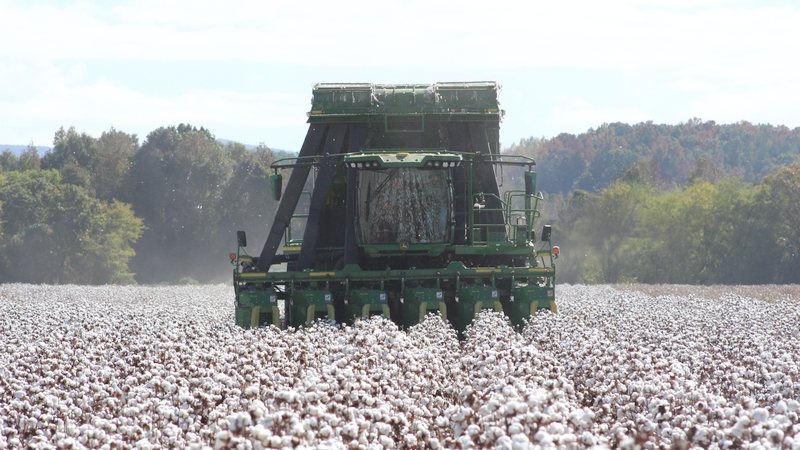Cotton Prices Will Change in 2024. Just Don’t Ask When or Why.
Stealing a word from the Varner Boys, cotton trading began the New Year just as it ended the old one –“boring.” That is changing this marketing year. Don’t ask me how, why, or when. I do not know that yet. We will figure it out together.
Futures prices, yarn prices, mill activity, export sales and shipments, rumors and even expected 2024 plantings are all about the same as experienced in 2023. The more things change, the more they stay the same. It is not clear to me where cotton prices will go up, but it will not move much higher until the May contract becomes the spot month. If fact, the on-call data says it will not move appreciably higher until May/July becomes the spot month.
I am certain the spread from the market low to the market high will be some 20 cents during the marketing year. It is always at least that much. So, will December fall to the low 60s, or will it move to the low 90s? The only path it can take is to move up to the low 90s.
I would be remiss and even irresponsible if I did not, again, readily admit that I have no idea how December 2024 (March/May 2025) is going to jump to the low to mid 90s. We can discuss that later, when I figure it out. Yet, it will happen.
Year in and year out since the inception of the 1985 farm bill, the market has moved at least that much in any given year. Nevertheless, as weak and somewhat bearish as U.S. economic conditions are, this market is not going to drop into the low 60s (Do not think that the Fed action of lowering interest rates, if it does, is a signal that the economy is improving. It just means they will not fight inflation.).
Write that down in ink.
Thus, somehow the 90-cent hat is there to wear. A typically active cotton market trades as much as a 25-cent spread during any given year. I will settle for just 20 cents this marketing year. It will happen.
Again, how? Export sales and shipments, mill demand, and even world economic activity are all weak. Inflation is the only thing still increasing across most continents. Had the U.S. Commerce Department not changed the health component of the CPI, U.S. inflation would “officially” be much higher.
Back to 90 cents. Honestly, I do not see the path the market will take, but it is there and yet to be discovered. The market has traded in the 76-88 cent range for over a year now, and that range will continue for old crop. The only way the market fails to move higher is for Washington’s drunken sailors to continue to spend other people’s money just as they have since 2019. Yet, that does appear to be changing.
Let us begin the year with an outline of Bullish and Bearish market factors.
Bearish
- On-Call purchases high compared to On-Call purchases
- U.S. is losing export share to Brazil
- Cotton losing market share
- Southern hemisphere moisture projects another big crop
- World consumption continues to fall
- Middle East War will continue to boost inflation
- U.S. border crisis will require more unfunded spending for migrants
- U.S. inflation problem continues
- Technical indicators are not supportive
Bullish:
- U.S. carryover of 3.0-3.2 million bales
- World carryover of 81-83 million bales
- Mill business at bottom of cycle
- U.S. production will be 16.5 million bales or lower
- 76-77 cent support is very strong
- U.S. will remain the supplier of high-quality cotton
The country basis for high quality cotton, grades 31 and 41 with staple 36 and 37, remains extraordinarily strong. There is good demand for quality! Shop it! You owe it to yourself. The basis is stronger than in most years.
Old crop will continue to trade 76-88 cents, with the bulk of the trading between 78 and 82 cents. Do not expect the market to pay for storage. December will move above the current 79-80 cents prior to planting and will gradually move higher.
New Year’s Resolution: Get Bullish Cotton. Plant Cotton!
Give a gift of cotton today.









